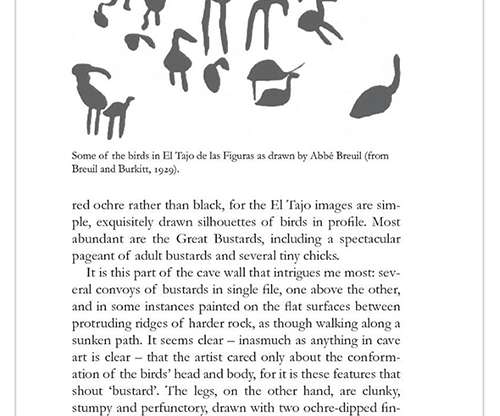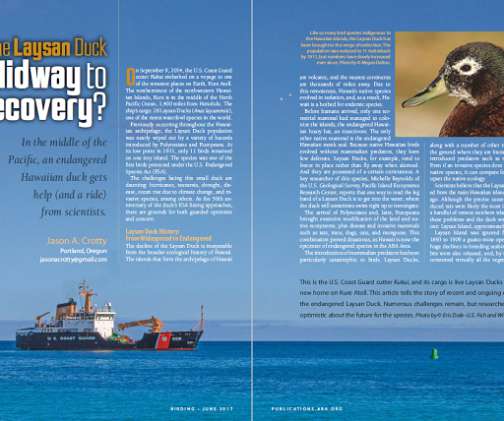The North American Model of Wildlife Conservation and Who Pays for It
10,000 Birds
DECEMBER 17, 2014
Developed in the post-frontier era, the NAMWC helped put a stop to wanton wildlife destruction in an era where many species were being hunted and trapped ruthlessly to the brink of extinction. George Wuerthner, an ecologist and former hunting guide with a degree in wildlife biology, takes the debate a step further. Smith and Donald A.












Let's personalize your content